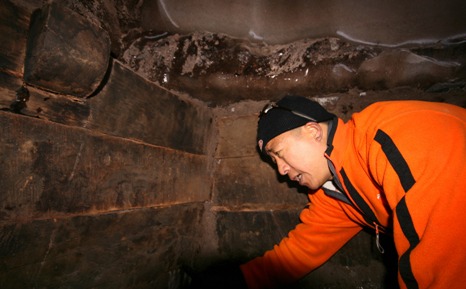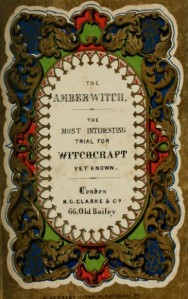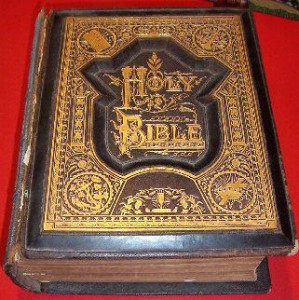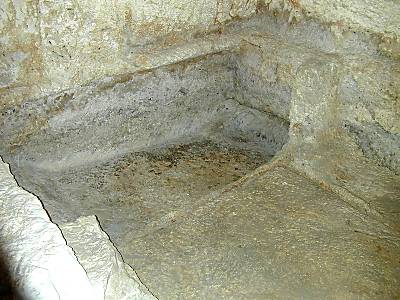The report by Fox news that Noah’s Ark has been discovered is a hoax. I can say this with great confidence because I have it from a really good first hand source, Dr Randall Price. I took his Biblical Archeology class last semester and I am on his mailing list. Here is portion of the message I received yesterday,
I was the archaeologist with the Chinese expedition in the summer of 2008 and was given photos of what they now are reporting to be the inside of the Ark. I and my partners invested $100,000 in this expedition (described below) which they have retained, despite their promise and our requests to return it, since it was not used for the expedition. The information given below is my opinion based on what I have seen and heard (from others who claim to have been eyewitnesses or know the exact details).
To make a long story short: this is all reported to be a fake. The photos were reputed to have been taken off site near the Black Sea, but the film footage the Chinese now have was shot on location on Mt. Ararat. In the late summer of 2008 ten Kurdish workers hired by Parasut, the guide used by the Chinese, are said to have planted large wood beams taken from an old structure in the Black Sea area (where the photos were originally taken) at the Mt. Ararat site. In the winter of 2008 a Chinese climber taken by Parasut’s men to the site saw the wood, but couldn’t get inside because of the severe weather conditions. During the summer of 2009 more wood was planted inside a cave at the site. The Chinese team went in the late summer of 2009 (I was there at the time and knew about the hoax) and was shown the cave with the wood and made their film. As I said, I have the photos of the inside of the so-called Ark (that show cobwebs in the corners of rafters – something just not possible in these conditions) and our Kurdish partner in Dogubabyazit (the village at the foot of Mt. Ararat) has all of the facts about the location, the men who planted the wood, and even the truck that transported it.
So unfortunately it’s a big scam. I forwarded over to Dr Micheal Heiser’s Paleobabble blog so it will get more attention than on my fledgling blog. These guys need to be EXPOSED. Speaking of people that need to be exposed….
In a totally unrelated matter to the Ark, I made a new style of Youtube video yesterday (you can actually see me) exposing the false teaching of Ken Klein. Ken claims to have some new revelations from God that correct his perceived injustices in the Bible. Not to mention all sorts of nutty cosmology and UFO beliefs.









